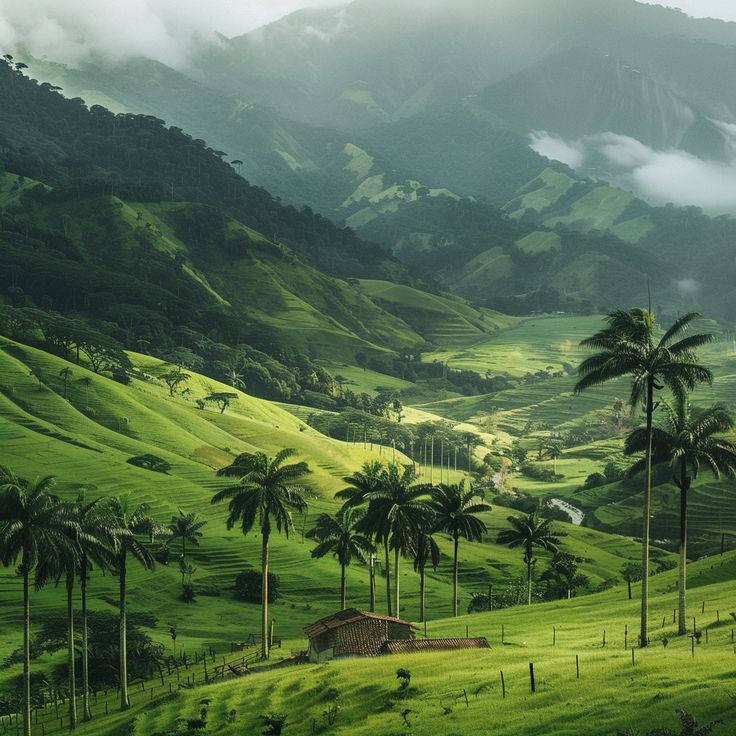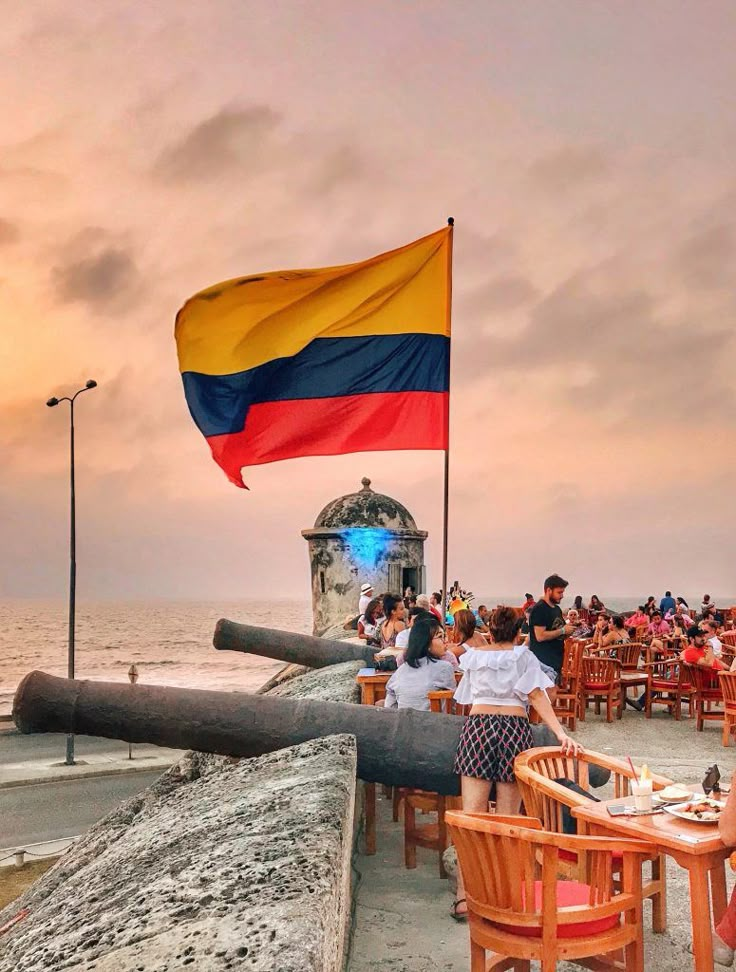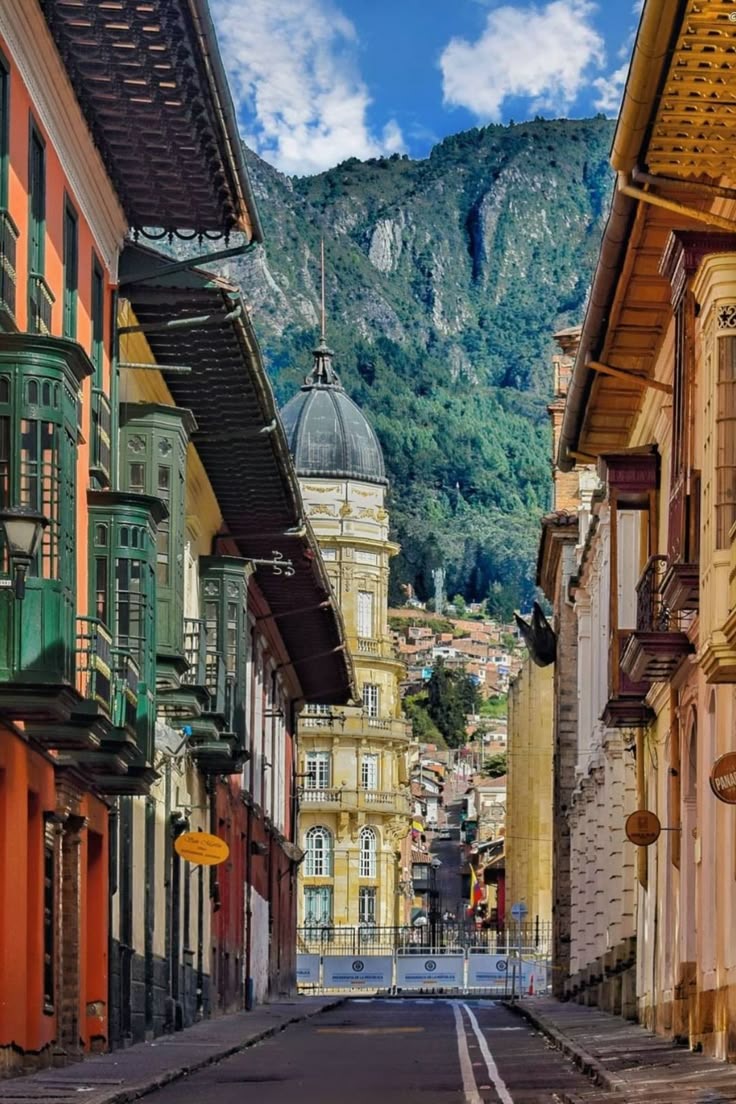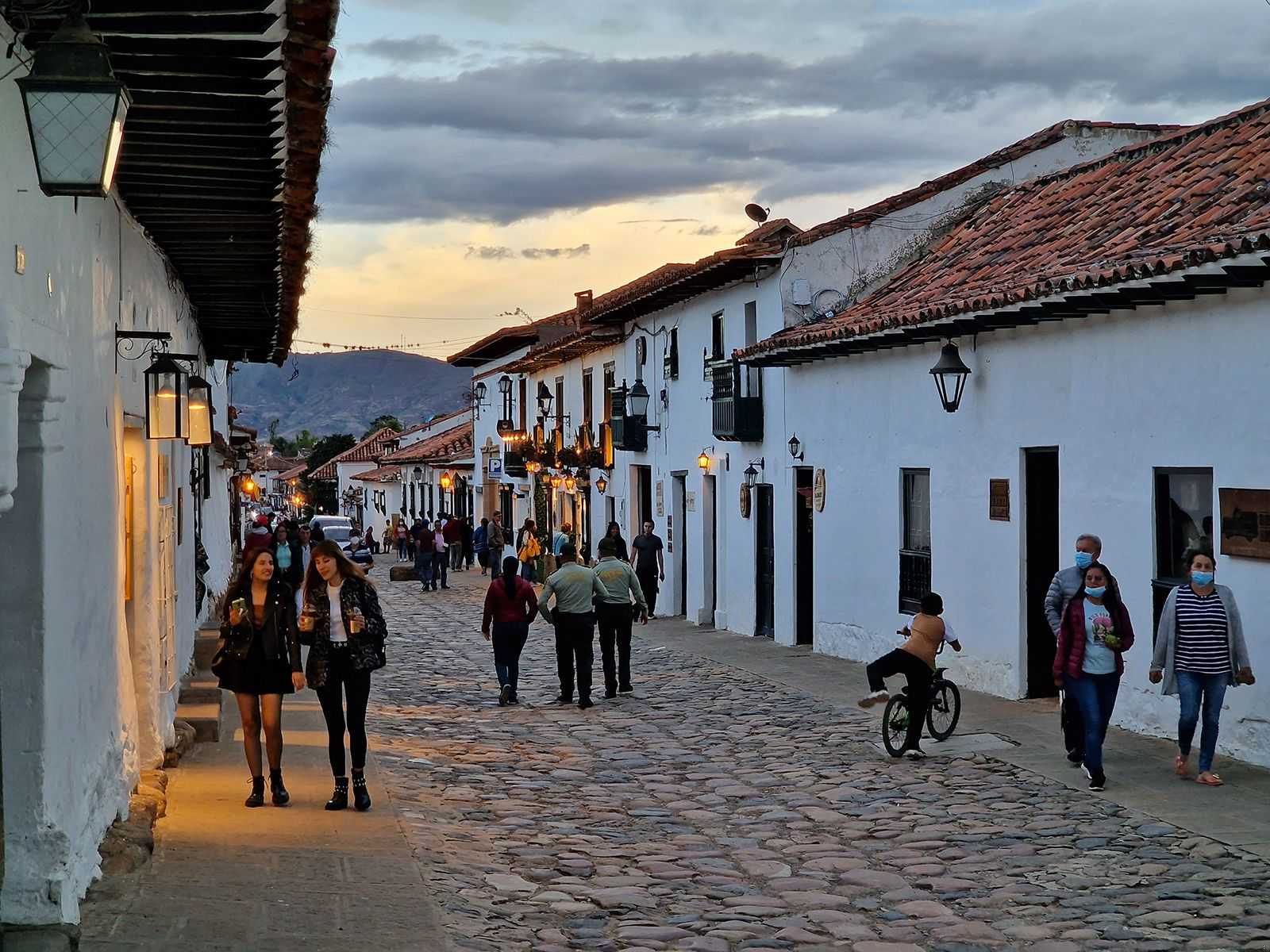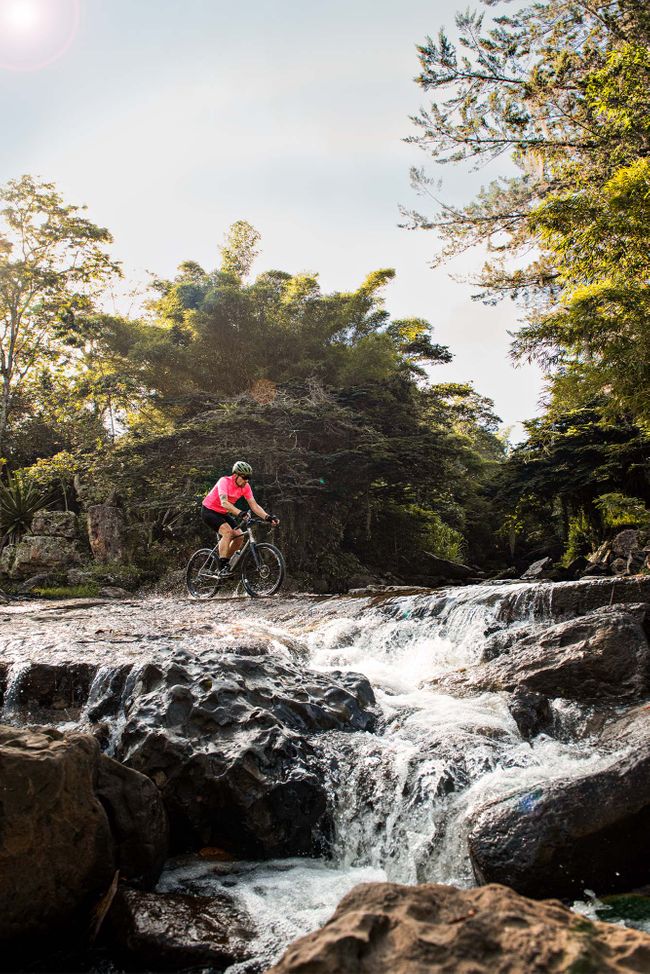Colombia’s breathtaking landscapes and vibrant culture recently inspired the Disney film Encanto, highlighting the country’s extraordinary variety. With landscapes as diverse as its travel experiences, Colombia offers adventures for every type of traveler. Discover the perfect destination for your journey with our complete guide.
Greater Colombian Caribbean: More Than Just Sun and Sea
While the Caribbean is famous for its lush, jungle-fringed beaches, it also boasts a wealth of historic, cultural, and architectural treasures. The region’s crown jewel is Cartagena, one of the most beautiful and well-preserved colonial cities in the Americas. A UNESCO World Heritage Site, its fortified walls, cobbled streets, and shady plazas are lined with elegant churches and pastel-colored townhouses draped in bougainvillea. Beyond its historic charm, Cartagena offers a dynamic culinary scene and a lively local atmosphere.
To the north, Barranquilla is renowned for its spectacular Carnival, the second-largest in South America after Rio’s. Taking place before Ash Wednesday, the festival blends African, Indigenous, and European influences, featuring vibrant street parties, colorful parades, and pulsating music.
Inland, along the Magdalena River, lies Mompox, an architectural treasure. For adventure seekers, an epic trek to Ciudad Perdida (Lost City) in the Sierra Nevada de Santa Marta unveils ancient ruins hidden deep within the jungle. Alternatively, travelers can visit the remote islands of San Andrés and Providencia, where expansive coral reefs and crystal-clear waters offer exceptional diving and snorkeling.
Colombian Pacific: Where Forest Meets the Sea
For those looking to escape the usual tourist trails, Colombia’s Pacific coast offers untamed beauty and rich cultural heritage. This region features black and gray volcanic sand beaches, mangrove forests, and lush rainforests, as well as towns deeply rooted in Afro-Colombian and Indigenous traditions.
The region is a paradise for surfing, diving, and birdwatching, but it is best known for whale-watching. Between July and October, humpback whales migrate from Antarctica to give birth in the warm coastal waters. Prime viewing spots, such as Parque Nacional Natural Utría, also offer sightings of dolphins and sea turtles.
Beyond its natural beauty, the Pacific is famous for its seafood-focused cuisine and distinctive musical and dance traditions. Nowhere is this more evident than in Cali, the world capital of salsa music and dance.
Western Colombian Andes: Coffee, Flowers, and Eternal Spring
Nicknamed the "City of Eternal Spring" for its consistently warm climate, Medellín is a dynamic metropolis brimming with museums, galleries, and cultural spaces. The Museo de Antioquia, dedicated to renowned artist Fernando Botero, is a must-visit. Every August, Medellín bursts into bloom during the Feria de Las Flores (Flower Festival), where growers parade elaborate floral displays through the city.
Beyond Medellín, Colombia’s Coffee Cultural Landscape, a UNESCO-listed region, is the heart of the country’s coffee industry. The picturesque departments of Caldas, Risaralda, and Quindío are dotted with coffee farms (fincas), offering tours, tastings, and even the opportunity to participate in the harvest.
For nature lovers, Parque Nacional Natural Los Nevados boasts snow-capped volcanoes, glaciers, alpine lakes, and soothing hot springs. Heading south to the Valle del Cauca, visitors can marvel at the Palma de Cera (wax palm), Colombia’s national tree, which grows up to 60 meters tall.
Eastern Colombian Andes: Valleys, Legends, and Colonial Towns
Most international flights arrive in Bogotá, and Colombia’s capital is well worth exploring before setting off on further adventures. The city’s La Candelaria district is filled with colonial architecture, historic churches, and lively plazas, while the Museo del Oro houses one of the world’s largest collections of pre-Columbian gold artifacts. For sweeping city views, take a funicular or cable car up to Cerro de Monserrate, a mountaintop sanctuary offering panoramic vistas. Bogotá is also famous for its vibrant street art scene, with murals covering entire buildings.
Further along the Eastern Cordillera of the Andes, the landscape unfolds into deep valleys, winding rivers, snowy peaks, and high-altitude páramos. Heritage towns such as Villa de Leyva and Barichara invite visitors to explore their cobblestone streets at a leisurely pace. Another must-see is the Catedral de Sal de Zipaquirá, an underground church carved into an ancient salt mine.
The Colombian Massif: Ancestral Heartland
South of Bogotá, the Andes descend into the Colombian Massif, a rugged region of mountains, páramos, and lagoons that serves as the source of many of Colombia’s major rivers, including the Magdalena. The gateway to this region is Popayán, often called "La Ciudad Blanca" ("The White City") due to its pristine colonial architecture.
This region is home to Colombia’s most significant ancient sites. San Agustín, a UNESCO World Heritage Site, features the largest collection of megalithic sculptures in South America, depicting gods and mythical beings created between the 1st and 8th centuries CE. Meanwhile, Tierradentro is known for its underground tombs and statues, dating from the 6th to 10th centuries CE, providing a fascinating glimpse into Colombia’s pre-Hispanic past.
The Colombian Amazon & Orinoco: Rainforests and Endless Plains
Covering over a third of the country, Colombia’s Amazon region feels like a world apart. It is only accessible by plane or boat, making it a true escape into the wild. This biodiversity hotspot is home to 674 bird species, 195 reptiles, and 212 mammals, including jaguars, pink dolphins, and giant otters, which can be spotted on jungle treks and canoe expeditions.
The region is also home to numerous Indigenous communities, who share their traditions, knowledge of medicinal plants, and sustainable ways of life with visitors.
North of the Amazon, the Llanos Orientales (Eastern Plains) stretch across another third of Colombia, forming a vast, seasonally flooded savanna. This is llanero (cowboy) country, where cattle ranches (hatos) offer horseback safaris, boat tours, and wildlife-spotting expeditions. Increasingly, ranches are being transformed into private nature reserves, where visitors can experience sustainable tourism and observe jaguars, anacondas, and more than 700 bird species in their natural habitat.
Find Your Adventure in Colombia
From Caribbean beaches to Pacific jungles, Andean peaks to Amazonian rainforests, Colombia’s diversity is unmatched. Whether you seek cultural immersion, thrilling adventures, or tranquil natural escapes, you’ll find it here. With landscapes as vibrant as its traditions, Colombia promises an unforgettable journey for every traveler.

